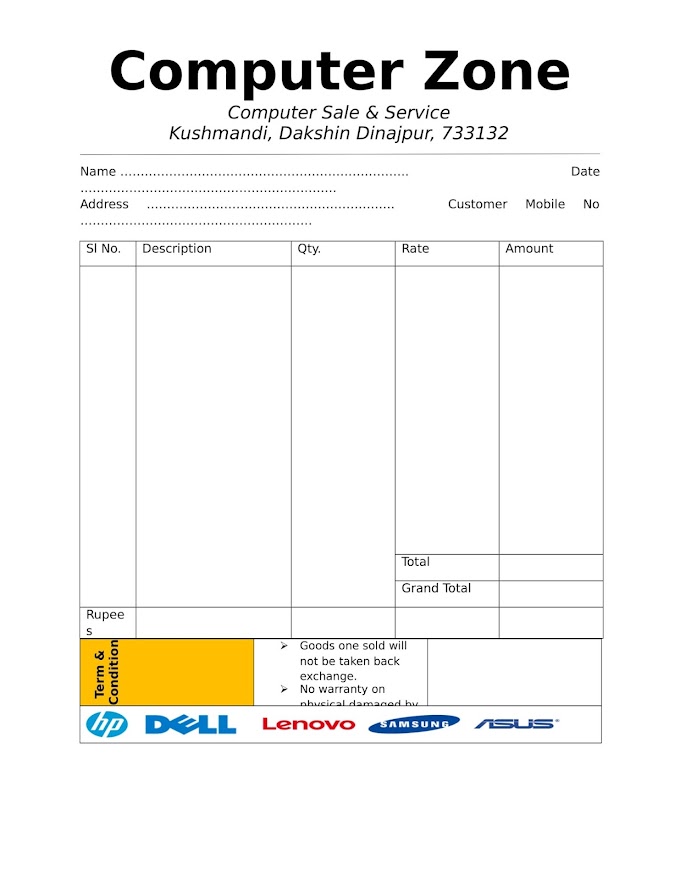Plagiarism checkers work by comparing a piece of writing to a vast database of content on the internet, including articles, books, and websites. The tool then generates a report indicating the percentage of the content that is original and unique and any instances of plagiarized text.
Plagiarism checkers are commonly used by students, teachers, journalists, and other content creators to ensure the originality of their work. They can also be used by employers to screen job applicants and verify the authenticity of their resumes and cover letters.
However, it is important to keep in mind that plagiarism checkers are not perfect, and may not always accurately detect all instances of plagiarism. Therefore, it is recommended to use plagiarism checkers as a tool to help identify potential plagiarism but to also manually review the content and evaluate it against the standards of proper citation and attribution.
Advantages of Plagiarism Checker
The advantages of using a plagiarism checker are similar to the benefits discussed in my previous answer, but I will summarize them here for convenience:
It's important to note that the accuracy of plagiarism checkers can vary, and some may not catch all instances of plagiarism. However, they can still be a useful tool for identifying potential instances of plagiarism and ensuring the originality of your work.
Overall, while plagiarism checkers can be a useful tool for identifying potential instances of plagiarism, it's important to use them as part of a comprehensive approach to ensuring the originality of your work, including manual review and proper citation and attribution.
- Ensure originality and avoid plagiarism: Plagiarism checkers help you avoid accidental plagiarism and ensure that your work is original.
- Maintain credibility: By producing original work, you can maintain your credibility and reputation as a writer.
- Save time: Plagiarism checkers can save you time and effort by quickly scanning your work for instances of plagiarism.
- Enhance quality: By avoiding plagiarism, you can enhance the quality of your writing and make sure that you are properly crediting sources.
How to work Plagiarism Checker
Plagiarism checkers work by comparing a piece of writing to a vast database of content on the internet, including articles, books, and websites. The tool uses algorithms to analyze the content and determine its originality. Here's a general overview of how a plagiarism checker might work:- Input: The user inputs the text they want to check for plagiarism into the plagiarism checker.
- Comparison: The plagiarism checker compares the text to a database of millions of other sources to determine if there are any similarities.
- Analysis: The plagiarism checker analyzes the content and generates a report indicating the percentage of original and unique content, and any instances of plagiarized text.
- Output: The plagiarism checker outputs a report indicating the originality of the text and any instances of plagiarized text, along with a similarity score and a list of sources that the text may have been plagiarized from.
It's important to note that the accuracy of plagiarism checkers can vary, and some may not catch all instances of plagiarism. However, they can still be a useful tool for identifying potential instances of plagiarism and ensuring the originality of your work.
The disadvantage of Plagiarism Checker
While plagiarism checkers can be a useful tool for ensuring the originality of your work, there are some disadvantages to using them, including:- Limited accuracy: Plagiarism checkers are not perfect and may not always accurately detect all instances of plagiarism. In some cases, the tool may flag instances of plagiarism that are not actually plagiarism, or it may miss instances of plagiarism that are present in the text.
- Reliance on a database: Plagiarism checkers rely on a database of existing content to compare the text to, so if the database is not up-to-date, the tool may not catch instances of plagiarism that are present in newly published content.
- False sense of security: Some users may rely too heavily on plagiarism checkers and assume that just because the tool didn't flag their work as plagiarized, it is automatically original. However, this is not necessarily the case, and it's still important to manually review the content and ensure proper citation and attribution.
- Cost: Some plagiarism checkers may come with a cost, so users may need to pay for the service.
- Limited scope: Plagiarism checkers are typically limited to checking text-based content, so they may not be suitable for checking other types of content, such as images or audio files.
Overall, while plagiarism checkers can be a useful tool for identifying potential instances of plagiarism, it's important to use them as part of a comprehensive approach to ensuring the originality of your work, including manual review and proper citation and attribution.












0 Comments